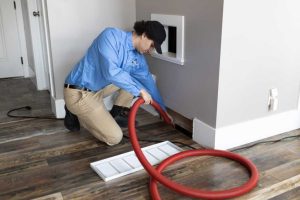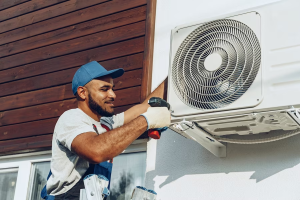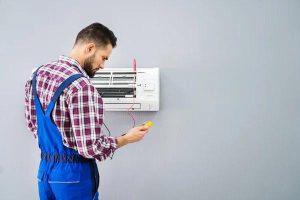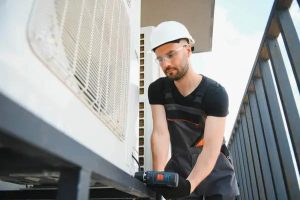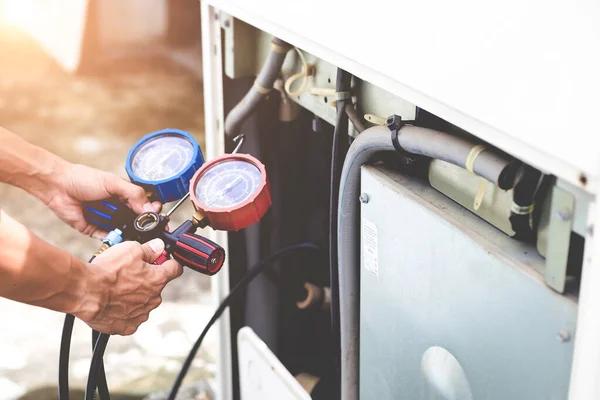
Installing an HVAC (Heating, Ventilation, and Air Conditioning) system is a complex process that requires technical knowledge and expertise. It involves several steps to ensure the efficient operation of the unit.
The first step in the HVAC installation process is evaluating your needs. This includes assessing the size of your home, its insulation level, number of windows and other factors that affect heating and cooling requirements. These elements will determine what type of HVAC system you need.
Once you’ve chosen an appropriate system, planning for installation begins. This involves determining where to place both indoor and outdoor units for optimal performance. Indoor units should be installed in central locations within the home while outdoor units need adequate space for airflow.
Next comes preparing for installation. The area where the unit will be installed must be cleared out completely. If it’s a replacement job, then old equipment including ductwork if damaged has to be removed before proceeding with new installations.
After preparation comes actual installation which starts by setting up the indoor unit followed by connecting it to power supply lines and installing control wires between it and thermostat location. The technician then installs refrigerant lines running from inside to outside unit which carry coolant necessary for air conditioning.
Following this is installing outdoor condensing unit which includes connecting refrigerant lines coming from inside house along with electrical connections required for operation.
Ductwork plays a critical role in any HVAC system as they distribute conditioned air throughout your home or office building efficiently. Therefore, if existing ducts are not suitable or if there were none previously present; new ductwork would have to be installed at this stage ensuring proper sealing at all joints preventing any air leaks which could reduce energy efficiency drastically.
Once everything has been put together correctly, technicians charge the system with refrigerant following manufacturer’s specifications closely as incorrect amount can lead to inefficient cooling or even damage compressor over time leading costly repairs down line.
The final step in HVAC installation process is testing newly installed system thoroughly to make sure everything is working properly. This includes checking for any leaks in ductwork, ensuring that all electrical connections are secure and confirming the system is producing desired Evans Heating & Cooling effect.
Post installation, it’s important to maintain your HVAC system regularly to ensure its longevity and efficiency. This involves routine checks of filters, ducts and overall performance of the unit.
In conclusion, installing an HVAC system is a technical process that requires careful planning and execution. It’s recommended that you hire professionals to handle this task as they have necessary skills and experience required for successful installation ensuring maximum comfort in your home or office space.
Evans Heating & Cooling
1232 Rose St B, Elgin, SC 29045
803-438-1902


